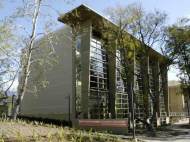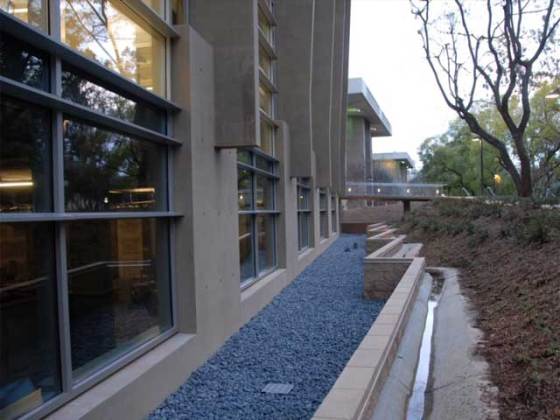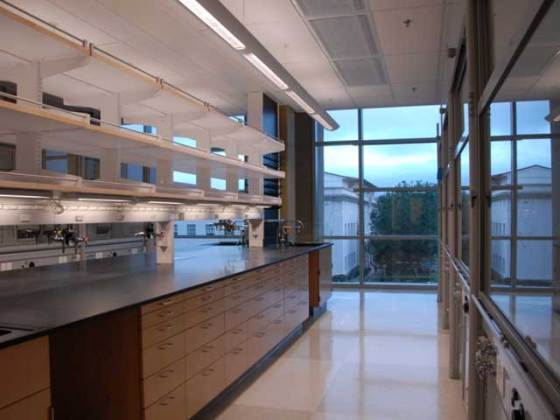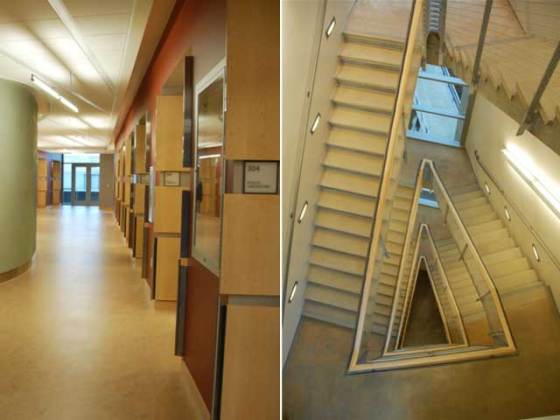Green architecture – Warren and Katharine Schlinger Laboratory for Chemistry and Chemical Engineering
 The Warren and Katharine Schlinger Laboratory for Chemistry and Chemical Engineering building is a part of California Institute of Technology (Caltech) and it is expected to receive LEED Gold certification. Along with focus on sustainability and resource conservation, the Schlinger Laboratory will foster innovative and productive scientific collaborations between diverse research groups in chemistry and chemical engineering.
The Warren and Katharine Schlinger Laboratory for Chemistry and Chemical Engineering building is a part of California Institute of Technology (Caltech) and it is expected to receive LEED Gold certification. Along with focus on sustainability and resource conservation, the Schlinger Laboratory will foster innovative and productive scientific collaborations between diverse research groups in chemistry and chemical engineering.
Designed by the architectural firm of Bohlin Cywinski Jackson, the 5,780-ssquare-meter (62,300-square-foot), four-story Schlinger Laboratory blends innovative research design elements with contemporary and classic elements. The laboratory has been named in honor of Warren and Katharine Schlinger, benefactors of the Institute for more than 60 years.
Expansive glass facades on north and south sides of the reinforced concrete structure are enhanced with one terracotta accent wall at the building’s west entrance. First-floor labs focus on atmospheric chemistry and materials, while third floor features a synthetic chemistry lab with the Center for Catalysis and Chemical Synthesis (3CS), headed by Nobel Laureate Robert Grubbs, and funded by the Gordon and Betty Moore Foundation. A conference room opening toward the chemical physics building was designed to encourage interactions among students and faculty.
The laboratory features an eco-conscious design, furthering the campus-wide commitment to sustainability. Maximizing the natural lighting in the new laboratory was an essential design element for the chemists. Expansive, floor-to-ceiling windows illuminate 90 percent of the labs and conference rooms in the building and provide engaging, panoramic views.
Along with abundance of daylight, the building is equipped with individual office climate control and auto-sensor lighting which ensures a 28 percent reduction in energy usage and a 30 percent reduction in water usage.
Designed with flexible lab space, research areas can be adapted or reconfigured for specific uses. Each of the highly specialized research areas was custom designed to meet the distinct specifications of the resident professors. 70 German-engineered Waldner fume hoods (total capacity 110) provide a high ratio of workstations per student or researcher.
Throughout the building, contemporary stainless-steel components complement the classic maple cabinetry and millwork, much of which was custom built by Caltech carpenters. Caltech painters also assisted on the project. The building utilizes locally derived and recycled building materials. Recycled slate boards from the early 1900s are used as the main writing surfaces in the conference rooms. Caltech electricians installed the computer network and data systems.












Leave your response!